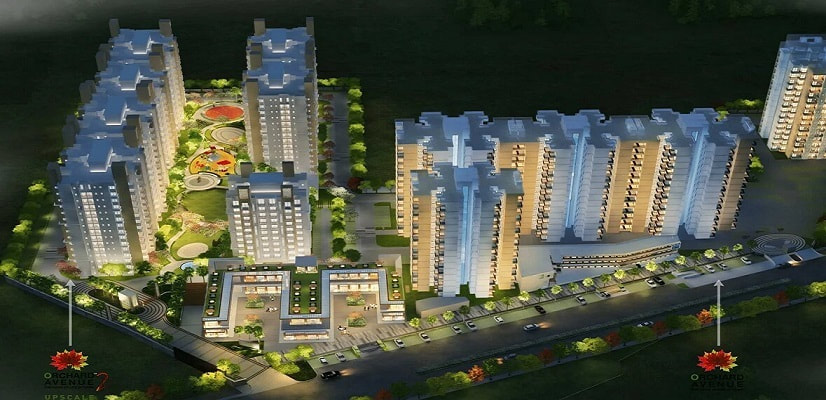Commercial property is an entity that’s always in demand. Especially in the big cities, that are always generating new business opportunities and drawing in more people from out of town. The commercial real estate sector is an alluring investment option because of the benefits it offers. This includes consistent returns, passive income, and growth potential.
Following are the factors, we need to keep in mind while investing in commercial real estate property-
1. Location- This is a factor that’s common between residential as well as commercial properties. For the latter, however, it is vital because commercial properties need to be easily accessible or centrally located to draw in the maximum number of people to them. Commercial properties located near residential hubs tend to be very popular. Signature Global Mall is a prime example of this being situated in Vaishali, Ghaziabad (NCR).
2. Documentation- Before investing in commercial property, it is necessary to do a thorough verification of the necessary documents. You can take the help of a lawyer to double-check documents such as title deed, construction permits, property taxes, and utility bills. An overall check on the documents is essential as it will help to get a better idea of the legal work that the investor needs to take off.
3. Market Dynamics- It is important to study the dynamics of the property type, one is selecting. Understanding how real estate market cycles work can help you avoid buying when the market is high and being forced to sell when the market is low. The knowledge of specific indicators of the various market cycles will help to determine what opportunities are present right now and make more informed investment decisions.
4. The right time to invest- Similar to any other real estate property, commercial shop spaces for sale in Delhi-NCR such as Signum 93 in sector 93 of Gurgaon by Signature Global is also subject to rate fluctuations from time to time. For commercial properties, this is heavily reliant on supply-and-demand. If there are a higher number of units available than the demand for them at any point, then the rates will dip, thus becoming the optimum time to invest.
5. Overall Building Quality- Needless to say, it will fetch the investor higher rents, better tenant retention, and higher capital appreciation. Multinational tenants are always willing to pay a premium for quality. Look for certifications like LEED gold or platinum ratings or buildings which have nicer looking lobbies, more elevators, higher ceiling heights, and better views. Higher quality properties are also more liquid and can be sold much faster. Properties that look premium and swanky are guaranteed to bring more business opportunities to them. Comparatively, they do cost more, but when you’re investing in a commercial property, you should be prepared to shell out either way.












